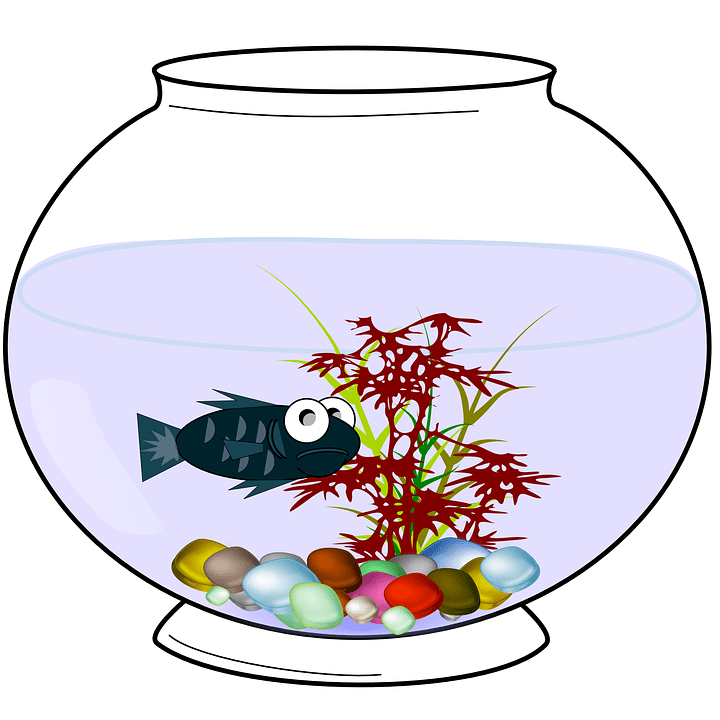A major French aquarium vendor has announced it will stop selling the “classic” round fish bowls because they are cruel, driving fish mad and killing them quickly.

The history of keeping fish (either for food or as pets) goes back thousands of years. Oftentimes, fish are kept in tanks or ponds, but at some point, the fish bowl became pretty popular, at least for some species of fish. It’s not clear when the fish bowl was invented, but according to legend, it was first created by Madame du Barry, mistress to King Louis XV in the 18th century. Whether or not this is true, fish bowls became widespread over the next couple of centuries, especially for Betta fish (Betta splendens) or goldfish (Carassius auratus).
Proponents of these fish bowls claim that since these fish cover relatively small habitats, a fish bowl should do for them. But the evidence suggests otherwise.
It’s not just that there’s not enough space for the fish (though that should be enough reason). The shape of fish bowls also creates a poor surface-to-air ratio, and the bowl doesn’t have room for a filter. It also distorts the animal’s field of view and is easy to jump from.
“People buy a goldfish for their kids on impulse, but if they knew what a torture it is, they would not do it. Turning round and round in a small bowl drives fish crazy and kills them quickly,” AgroBiothers CEO Matthieu Lambeaux told Reuters. The company, one of the leading aquarium vendors, announced it will no longer be selling any fish bowls.
In healthy conditions, goldfish can easily live up to 30 years or even more, but in fish bowls, they rarely make it past one year. Germany and a few other countries have banned fish bowls, but most countries (including France and the US) have no legislation on this. Lambeaux said the company worked to educate clients, but at this point, they simply refuse to offer any more fish bowls — although demand does exist. In previous years, the company would sell around 50,000 fish bowls a year.
“It is a French anachronism, that is why we decided to move. We cannot educate all our customers to explain that keeping fish in a bowl is cruel. We consider that it is our responsibility to no longer give consumers that choice,” Lambeaux said. He added that fish need ample space and clean water, that small bowls are driving fish crazy, and anyone considering an aquarium should have at least a minimum of equipment and expertise.
The problem of fish bowls is something people have been aware of for a long time. In a 1902 edition of the Freshwater Aquaria magazine, a commentary noted that “the common glass globe… has nothing whatever to recommend it, except perhaps to those who delight to have their unfortunate captives suspended by a chain from the ceiling in front of the window.” In 1910, botanist Hugo Mulertt noted that “the old-fashioned fish globe is about the worst vessel that can be selected for the keeping of goldfish as pets.” Over a century later, the old-fashioned fish globe still endures.
The welfare of ornamental fish is often overlooked, even though the trade of ornamental fish trade is now a multibillion-dollar industry, with legal trade estimated to be worth between 15 and 20 billion dollarsper year (and a burgeoning illegal industry as well).
Fish have highly underrated cognitive abilities, but as awareness and understanding of fish improves, the case for better welfare for them becomes stronger and stronger, and a movement in this sense seems to be gaining momentum.
The fact that companies are also starting to acknowledge this is encouraging, but overall, this is still just a small step.


